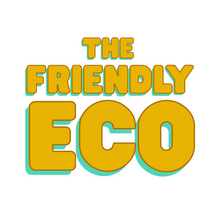When considering cloth nappies for environmental reasons, many parents worry about the impact of washing their nappies on a regular basis. At first glance, it may appear that cloth nappies require much more water - after all, disposables don't need washing. But in reality it's much more complex than that, and the results are very surprising!
When calculating water consumption, we have to remember that nappies do not begin their lives at the point when they reach consumers. There is a vast process happening behind-the-scenes to make them into the item that we buy for our babies. The production of disposables consumes water at every stage - from the cotton fields where they are grown to the manufacturing process itself. Whilst the same can be said for reusable nappies, this process is only required for the 20 or so nappies that you have in your stash, as opposed to thousands of disposables.
On average, disposable nappies will require 80,600 litres of water to manufacture over the course of one year (Based on the Environment Agency's figures). In comparison, cloth nappies require around 10,400 litres over the course of one year to wash, assuming 3 loads per week with a rinse plus long cotton cycle (based on my personal budget washing machine).
As a result, cloth nappies use approximately 60% less water than disposable. Whilst some argue that there are other factors such as detergent to be included, the same could be said for disposables. The by-products of the disposable nappy industry include chlorine and dioxins, not to mention the crude oil and wood pulp that goes into every single one of those thousands of disposables.
Wow! I can be quite a surprise that cloth nappies use less water than disposable ones, and not even by a slim amount! In addition to using less water, cloth also saves money and reduces environmental impact by not contributing to climate change through greenhouse gas emissions from disposables or incineration of un-recycled products as well as reducing fossil fuel use in manufacturing disposable nappies. So what are you waiting for? The choice is clear!

